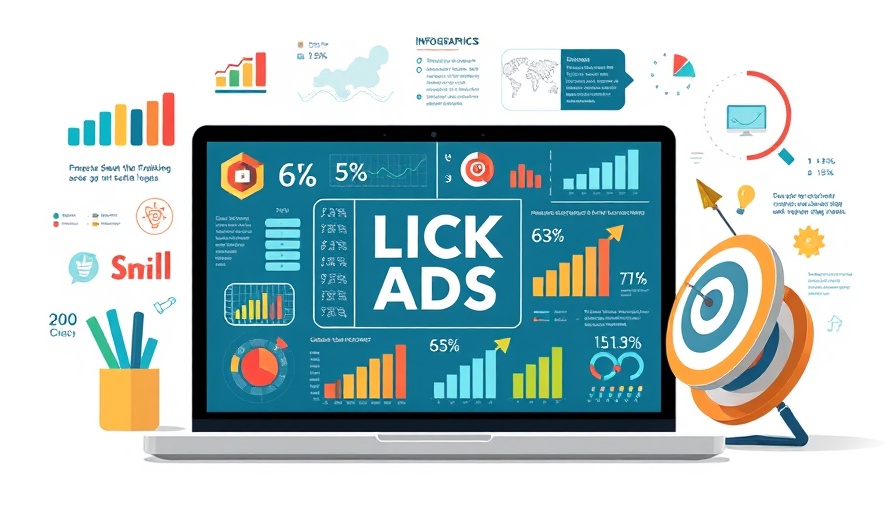
Unlocking the Potential of Google Ads Bidding Strategies
In an era where digital marketing is the backbone of business growth, understanding Google Ads bidding strategies is paramount for any enterprise looking to make its mark. With potential returns exceeding expectations, a well-structured advertising plan can significantly enhance brand visibility and customer engagement.
Understanding Bidding Strategies: The Core of Google Ads
Google Ads offers various bidding strategies that cater to different business objectives, enabling businesses to tailor their ad spend effectively. Among these, the manual bidding strategy allows marketers to maintain complete control over bids, selecting and refining keywords critical to their campaigns. By analyzing keyword performance data, businesses can adjust their bids to ensure optimal ad placement while managing costs.
Maximizing ROI with Automated Strategies
For those who may not have the time or expertise to manage their bids manually, automated bidding strategies present a compelling alternative. These methods leverage Google's machine learning capabilities to adjust bids in real-time based on various factors, including competition and user demand. This shift to automation not only saves time but can also lead to more effective ad placements, potentially increasing ROI.
Integrating Google Ads with Holistic Marketing Efforts
Incorporating Google Ads into a broader digital marketing strategy is essential. Businesses should consider how their ads fit within their overall marketing framework. This means combining Google Ads with SEO initiatives, social media outreach, and content marketing. Such an integrated approach not only enhances online visibility but also builds a unified brand voice, drawing customers' attention more effectively.
The Importance of Target Audience Analysis
A vital aspect of crafting successful Google Ads strategies lies in understanding the target audience. Businesses must analyze customer behavior, preferences, and demographics to create tailored ads that resonate with potential clients. An effective analysis often leads to reduced conversion costs and an enhanced customer journey.
Future Trends: The Evolution of Google Ads
As we look forward, it's evident that Google Ads will continue evolving, adapting to emerging technologies and changing consumer behaviors. Anticipate more personalisation and predictive analytics capabilities within Google Ads, providing businesses with sharper insights and a competitive edge in targeting their audience accurately.
Common Challenges and Solutions
Many businesses face challenges when leveraging Google Ads, such as rising costs and stiff competition. The solution often lies in continuous learning and adaptation. By keeping abreast of new features, strategies, and best practices, businesses can stay competitive and achieve their advertising goals.
Practical Tips for Success with Google Ads
1. **Set Clear Objectives:** Before launching with Google Ads, define what success looks like for your campaigns. This could be anything from increasing website traffic to generating leads.
2. **Regularly Monitor Performance:** Use analytics tools to track ad performance and assess which strategies yield the best results. Adjust your approach based on empirical data.
3. **Experiment and Innovate:** Don't be afraid to test new configurations or strategies. Google Ads offers various options—experiment to find what works best for your audience.
Taking Action: The Path Forward
In today's competitive landscape, mastering Google Ads is vital for any business aiming for growth. By understanding and leveraging the various bidding strategies effectively, companies can not only improve their visibility but also connect meaningfully with their target audience. Investing in the right tools and expertise can ultimately streamline this process and lead to sustained success.
In conclusion, as businesses navigate the complex world of digital marketing, the integration of Google Ads into their strategies is essential. Whether it's gaining insights from a Google Ads expert or continually optimizing their campaigns, the journey toward successful online advertising starts with informed decisions. Explore innovative bidding strategies today and transform your advertising efforts for the better.
 Add Row
Add Row  Add
Add 




Write A Comment